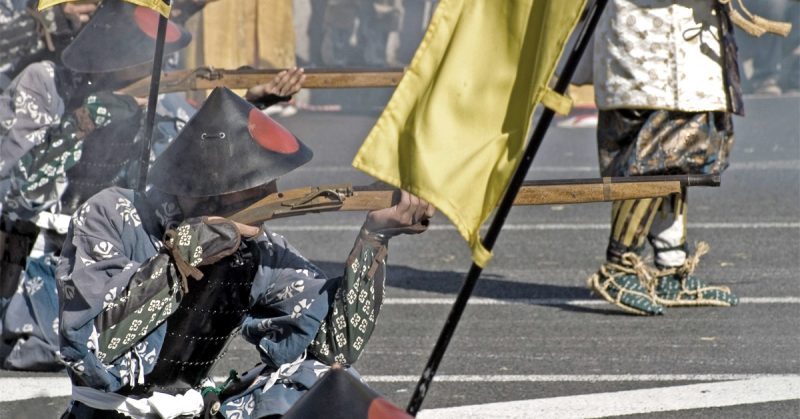For most of its existence prior to the nineteenth century, Japan lived in relative isolation. Foreigners sporadically contacted the remote nation, but until 1853, the East and the West remained firmly apart. However, despite being cut off from the rest of the world, Japan’s leaders had few qualms about adopting any foreign technology which came their way.
One of those technologies was firearms. The first firearms arrived in Japan in 1453 when a Chinese merchant vessel from a Portuguese colony was forced ashore during a storm. From this vessel, a local Japanese lord purchased two muskets.
Though Japanese smiths could recreate most of the weapon, creating the barrel proved too difficult, and it was not until another foreign ship landed on the island that the Japanese learned the secret of firearm manufacture.
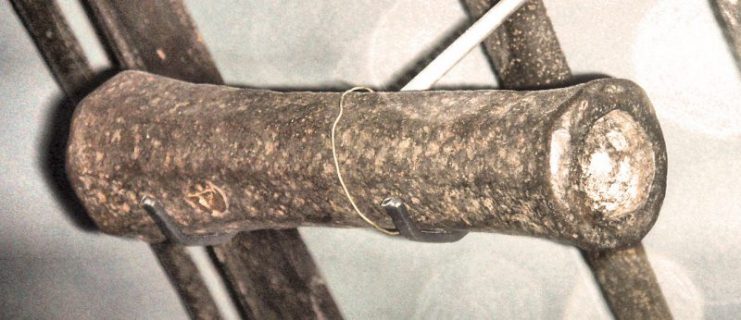
At the time, Japanese warfare focused on the spear and sword. Well trained swordsmen would battle their opposites while levies of peasant spearmen held the flanks and protected against cavalry. Generally, only the best-trained troops, usually samurai lords themselves, wielded bows. Battles were often chaotic affairs with little tactical coordination. Units of men would enter into a poorly organized melee not dissimilar from a street fight. Firearms changed all that.
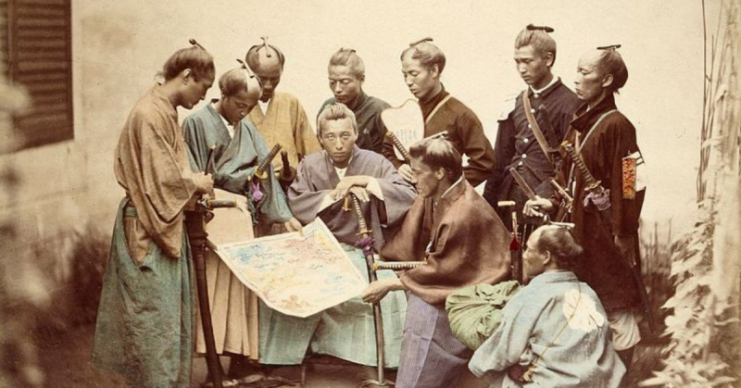
The feudal warlords quickly cottoned on to the advantages of the early Tanegashima matchlocks. The lords placed buyers in Nagasaki and Hirado to purchase firearms whenever foreign ships landed with them for sale. The foreigners, quickly ascertaining the laws of supply and demand, upped their prices and the lords gladly paid.
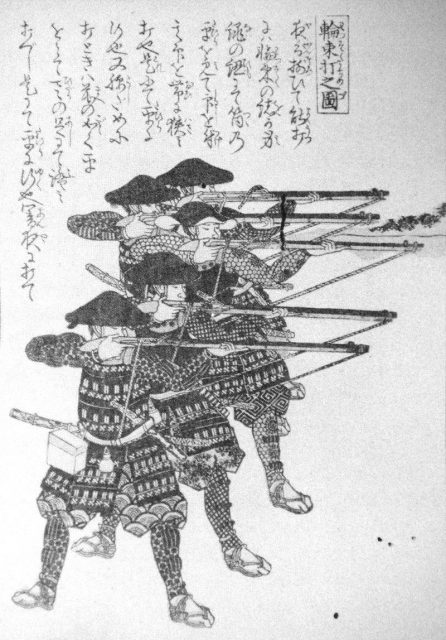
Meanwhile, smiths throughout the Japanese islands slowly learned the skills of firearm manufacture, allowing them to produce their own guns. Having obtained the latest weaponry from the West, the Japanese only needed the chance to use them.
Firearms arrived in Japan during the Warring States period, a time when Japan lay divided amongst petty feudal lords. Several men hoped to unite the islands into one nation, and they all saw how the might of firearms could achieve this. Oda Nobunaga, the man who would ultimately unite Japan, ordered 500 matchlocks in 1549 from his smiths.
In 1555, Nobunaga’s rival, Takeda Shingen, defended his fortress at Hitachi with nearly 300 guns. Both men recognized the power of gunpowder. Shingen himself remarked in 1575 that:
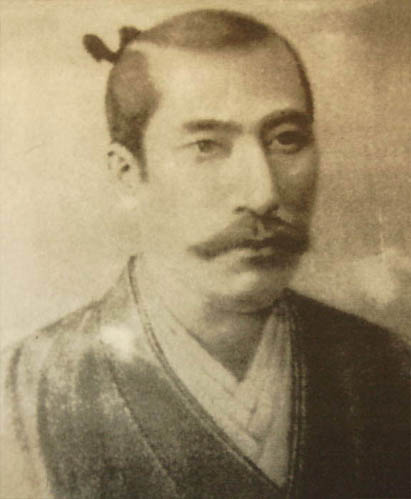
“From now on, guns will be what we need most. From this day forth, you are to choose skilled soldiers and have them carry guns. When mustering the troops, test their firing [ability] then select them according to their skill. Those not well trained with either the bow or the gun should absolutely not be brought along [into battle].”
Firearms proved to be a decisive factor between victory or defeat for the feuding warlords. At the Battle of Nagashino, Nobunaga’s force of 70,000 included roughly 3,000 men armed with matchlocks. Nobunaga won a decisive victory that day, in part by deploying his firearms to counter enemy cavalry. By combining defensive stockades with volley fire, the gunners halted the cavalry advance.
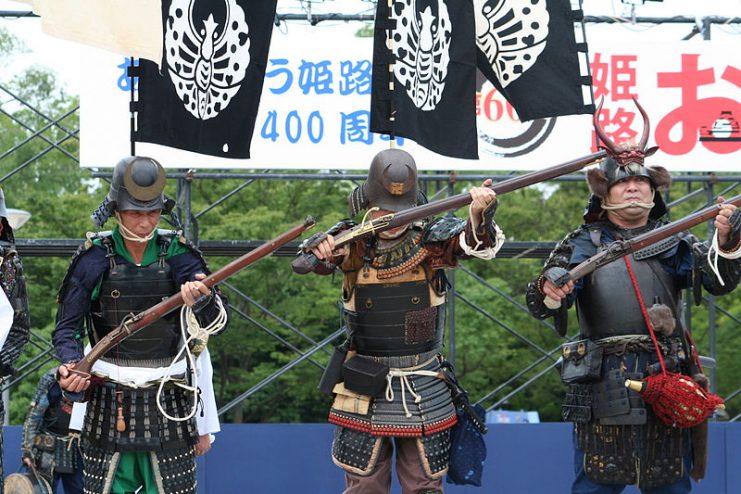
Read another story from us: Attack of the Fire Balloons – Japan’s Intercontinental Weapon
Such was the impact of firearms in Japan that it changed the very nature of warfare and heralded a new age in Japanese tactical strategy. No longer were troops little more than poorly organized mobs fighting against each other.
The discipline and training of firearm usage, both on and off the field, required proper military strategy and tactics, and it was Nobunaga’s use of both that aided his efforts to unite Japan. Firearms fundamentally changed warfare in Japan and, as a result, allowed the unification of warlords and the eventual creation of a united nation.
